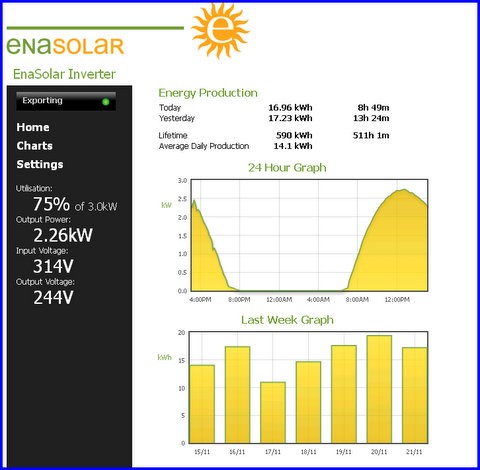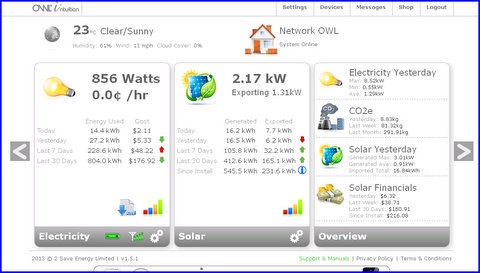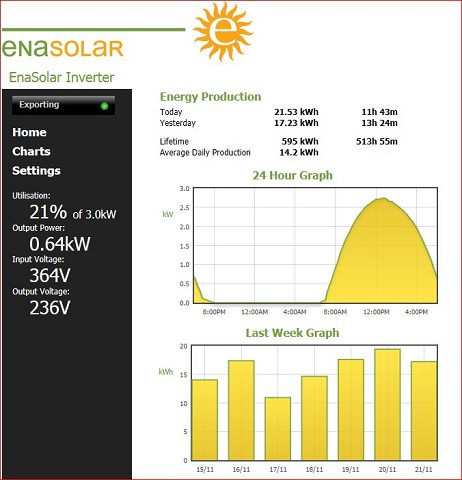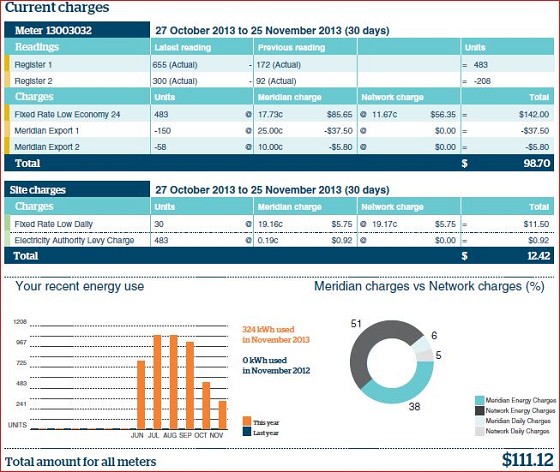SQLGeek: Watching this topic with interest, many thanks for all the interesting data.
I am going through a rebuild in Chch and will be installing PV panels thanks to a 15K sustainability payment from the insurance company. My old house had 3-phase power so is being replaced with 3-phase power. My electrician has told me that having just 1 phase might not be enough as the house is 310sqm and we are a high user of power with a spa, 3 heat-pumps, induction hob, lots of gadgets and wife & kids at home during the day. We have gas hot water.
I would like to get as much capacity as I can for the 15K and don’t want to waste money extra inverters, so do I really need 3 inverters? Could I get away with 1 inverter and have all the day-time stuff on that phase? Or could I just connect 2 phases and have 2 inverters?
Have been getting conflicting answers from the various retailers here in Chch.
I have spent a lot of time investigating the options of PV and how it relates to 3-phase power. Given you are doing a fresh build you might be able to get enough load on one phase otherwise SMA do a 3-phase inverter but the smallest is 5kw. Also note that how I understand it the generated power is evenly spread across the 3 phases. So unless your power is evenly distributed you might export more than you intended / costed.
I have just purchased a Owl Intuition-LC and waiting for it to arrive. This will give me the ability to graph my power use for each phase. So I can basically see what my average loading is. This will then help me to understand do I get
a. 3-phase system
b. 1-inverter on 1 phase
c. 2-inverter on 2 phases
If you wanted to ask me any specific questions let me know. I have spent a lot of time looking into it. Just message me





